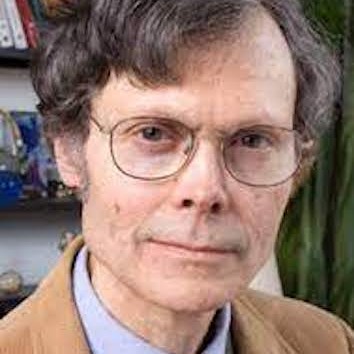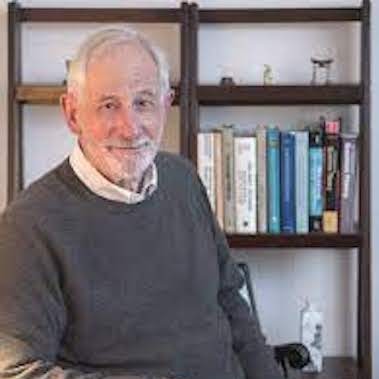Faculty
Professors of Physics
-
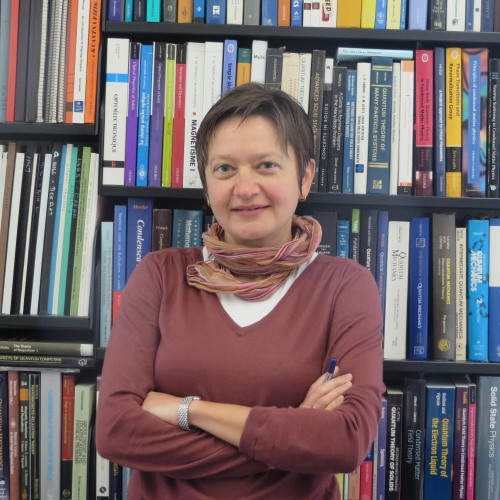
Vesna Mitrović
Department Chair, L. Herbert Ballou University Professor of Physics & EngineeringBarus & Holley 402 / Barus & Holley 337Professor Mitrovic is an experimental condensed matter physicist. Her research interests include the study of quantum phenomena arising in strongly correlated electron systems at low temperatures and high magnetic fields using magnetic resonance techniques.
-
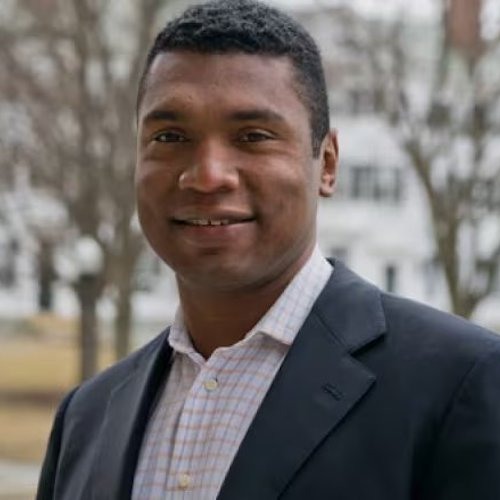
Stephon Alexander
Barus & Holley, 506Professor Alexander is a theoretical physicist specializing in the interface between cosmology, particle physics, and quantum gravity (String Theory and Loop Quantum Gravity).
-
Ian Dell'Antonio
Barus & Holley 528Professor Dell'Antonio's research centers on observational cosmology, the experimental measurement of the fundamental properties of the universe.
-
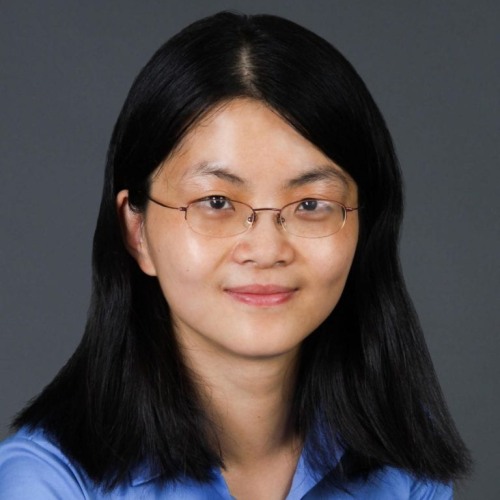
JiJi Fan
Barus & Holley 529Professor Fan works on particle theories, particularly beyond Standard Model theories such as Higgs phenomenology, supersymmetry, dark matter models and signatures.
-
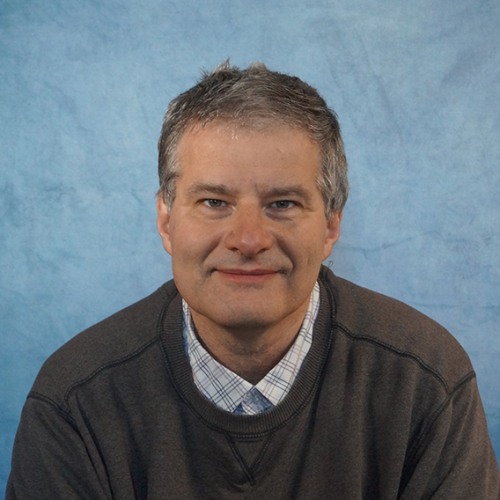
Dmitri Feldman
Barus & Holley 329Professor Feldman handles all Ph.D. program and student issues, including degree requirements and milestone completion, transfer credit, etc.
Professor Feldman is a theoretical condensed matter physicist, with emphasis on strongly correlated electronic low-dimensional systems, topological solids, and quenched disorder in hard and soft condensed matter.
-
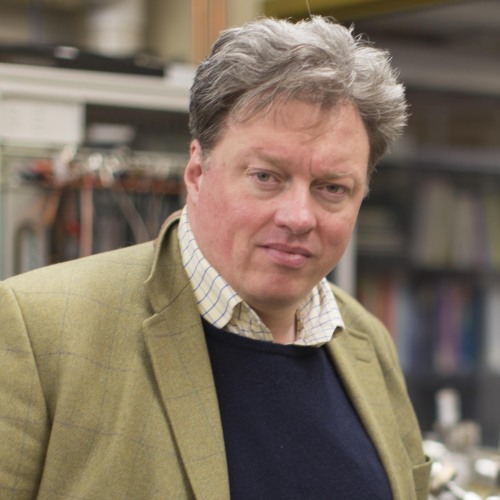
Richard Gaitskell
Barus & Holley 516Professor Gaitskell leads a research team hunting for direct evidence of particle dark matter. His group is working on an experiment, LUX, that has the world's most sensitive dark matter detector located in the underground laboratories in the Sanford Lab, South Dakota.
-
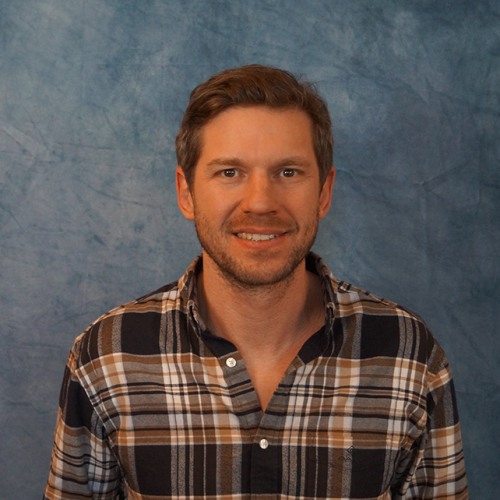
Loukas Gouskos
Barus & Holley 504Professor Gouskos specializes in experimental particle physics, with a primary focus on studying the properties of the Higgs boson and searching for physics beyond the standard model. Leveraging cutting-edge Deep Learning techniques, his research extends to diverse areas within particle physics.
-
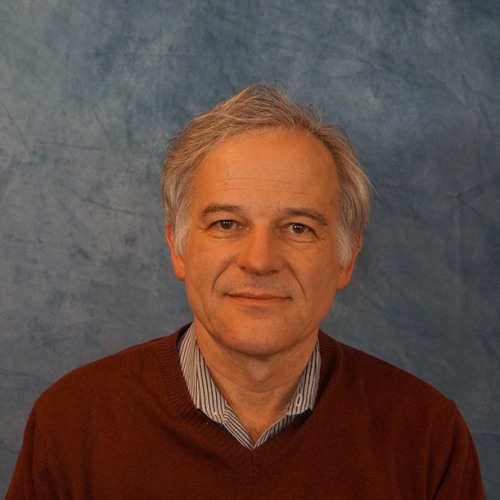
Ulrich Heintz
Barus & Holley 510Professor Heintz is an experimental physicist studying the fundamental building blocks of matter. His interest is in testing the validity of the standard model of elementary particle physics at very high energies.
-
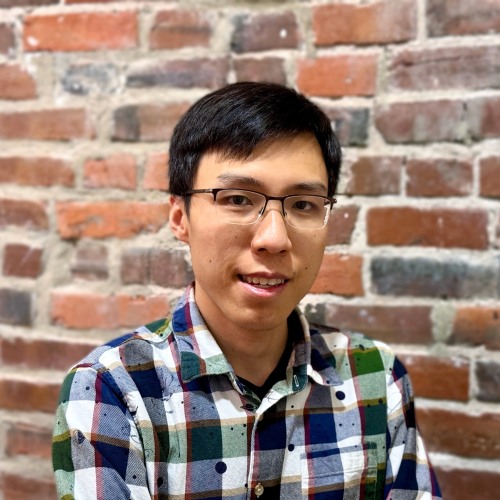
Aaron Hui
Barus 203Professor Hui is a theoretical condensed matter physicist. He studies strongly correlated and topological systems, with an emphasis on electron transport and phase transitions.
-
Antal Jevicki
Barus Building (340 Brook Street), 115Professor Jevicki's research is in quantum field theory focusing on string theory, quantum gravity, black holes, non-perturbative and collective phenomena.
-
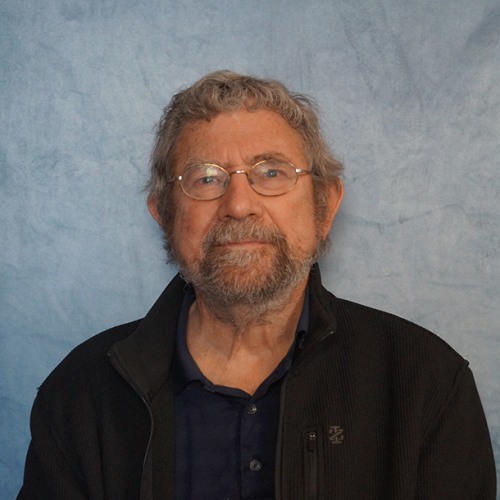
J. Michael Kosterlitz
Nobel Laureate, 2016, Harrison E. Farnsworth Professor of PhysicsBarus & Holley 331Professor Kosterlitz is a theoretical condensed matter physicist. He studies topological transitions and topological phases of matter, random systems, electron localization, spin glasses, mechanisms of melting and freezing. He was awarded the 2016 Nobel Prize in Physics.
-
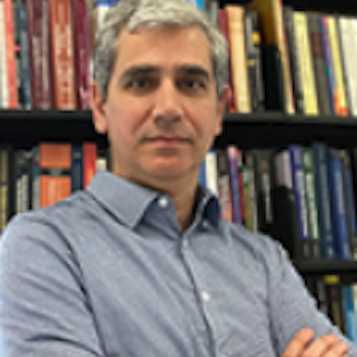
Savvas Koushiappas
Barus & Holley 508Professor Koushiappas' theoretical work is in the interface between cosmology and particle physics. His work is predominantly in the area of dark matter physics and the search for the nature of the dark matter particle from an experimentally-motivated theoretical perspective.
-
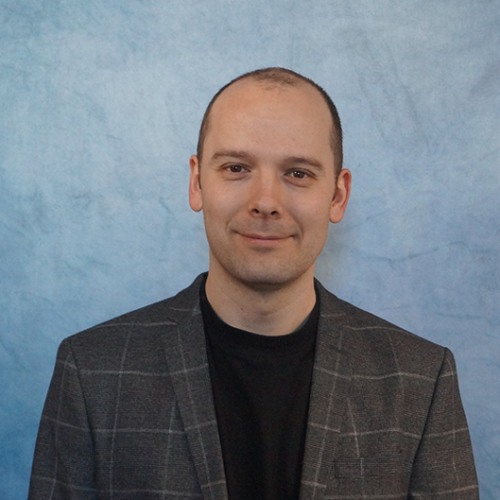
Matthias Kuehne
Barus & Holley 718Professor Kuehne is an experimental condensed matter physicist. He investigates electronics, ionics, and fluidics in low-dimensional materials and devices.
-
Greg Landsberg
Barus & Holley 526Professor Landsberg's experimental research is in broad areas of beyond the standard model and Higgs physics, including exotic Higgs boson decays, searches for dark matter, supersymmetry, exotic particles, extra spatial dimensions, and black holes.
-
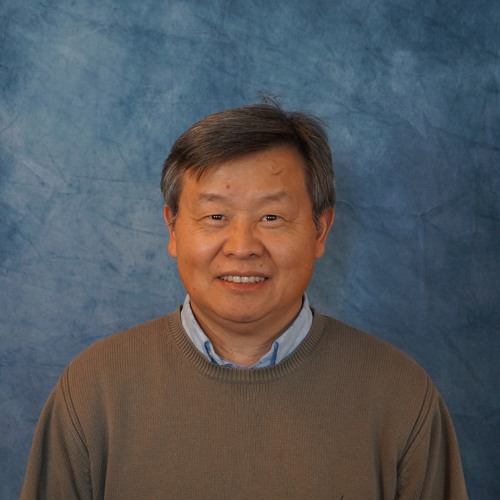
Xinsheng Sean Ling
Barus & Holley 710Professor Ling is an experimental condensed matter physicist. His current research interests are in defect dynamics and glassy behavior in colloidal matter. He also has longstanding interests in the effects of impurities and fluctuations in superconductors.
-
David Lowe
Barus & Holley 549Professor Lowe is a high-energy theorist who primarily studies fundamental questions in quantum gravity of relevance to black holes and quantum cosmology.
-
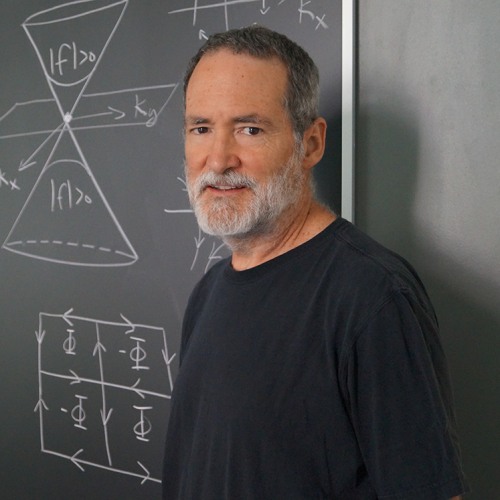
Brad Marston
Barus Building (340 Brook Street), 205Professor Marston is a theoretical condensed matter physicist. His research focuses on the non-equilibrium statistical physics of atmospheres and oceans for the purpose of understanding climate and climate change. He also studies strongly correlated electronic systems.
-
Leenoy Meshulam
June and Howard Zimmerman Assistant Professor of Physics, Neuroscience and Brain ScienceBarus Building 201Professor Meshulam is a theoretical biological physicist who seeks the physical principles by which large-scale neural dynamics—and more broadly, living processes—give rise to computation and behavior. She develops models that connect microscopic interactions to emergent function, drawing on ideas from statistical physics such as renormalization-group theory, maximum-entropy modeling, and information theory. Working closely with experimentalists on systems ranging from mammalian brain circuits to the color-shifting skin of octopuses, her group turns high-resolution data into quantitative, testable laws of living, thinking matter.
-
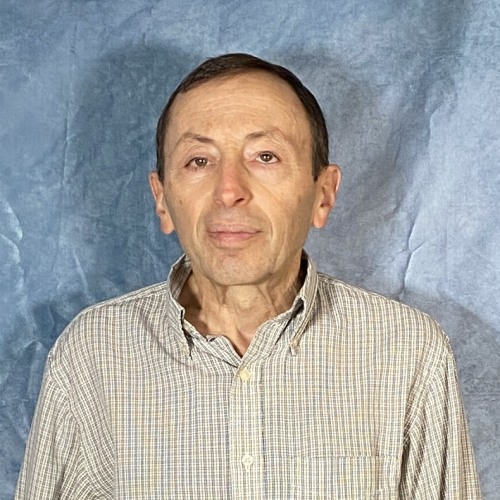
Robert Pelcovits
Barus & Holley 333Professor Pelcovits is a theoretical condensed matter physicist. His research focuses on the physics of liquid crystals and topological defects, dynamics, and self-assembly in biological systems, using numerical simulations and visualizations.
-
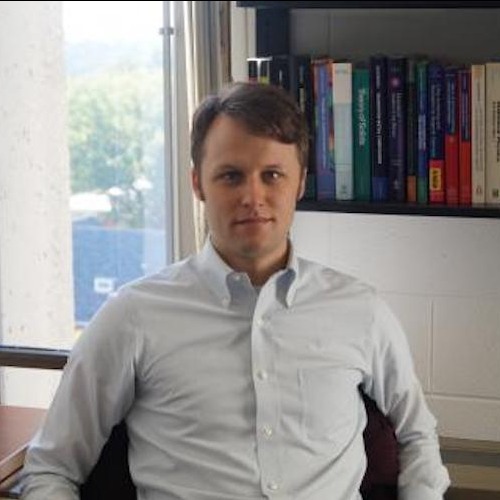
Kemp Plumb
Barus & Holley 704Professor Plumb handles all Sc.M. program and student issues, including admission, advising, degree requirements, etc.
Professor Plumb is an experimental condensed matter physicist. He uses neutron and x-ray spectroscopies to discover new collective electronic and magnetic phenomena arising in quantum materials.
-
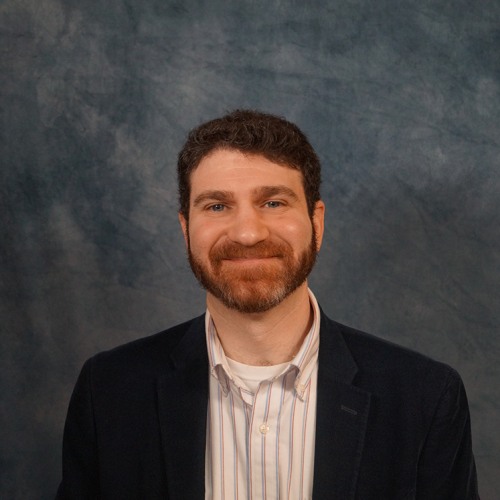
Jonathan Pober
Barus & Holley 518Professor Pober is an experimental astrophysicist. His research focuses on the history of the universe through observations of neutral hydrogen on cosmic scales. He develops ultrasensitive radio telescopes for his astronomical observation.
-
Jennifer Roloff
Barus & Holley 524Professor Roloff is an experimental particle physicist working on the CMS experiment. Her work focuses on precision tests of QCD, searches for physics beyond the Standard model, and novel reconstruction and calibration methods for jets.
-
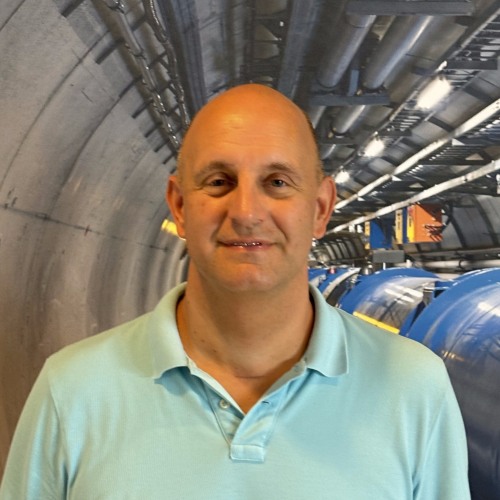
Marcus Spradlin
Barus & Holley 531Professor Spradlin is a theoretical high-energy physicist, working on string theory, quantum gravity, and mathematical aspects of quantum field theory.
-
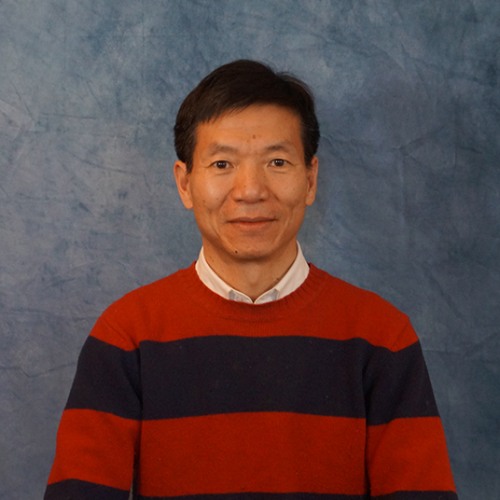
Jay Tang
Barus & Holley 702Professor Tang is an experimental biological physicist. His research focuses on cell mechanics and mobility and addressing outstanding questions on morphology, pattern formation, force generation and mobility of bacteria and other cells.
-
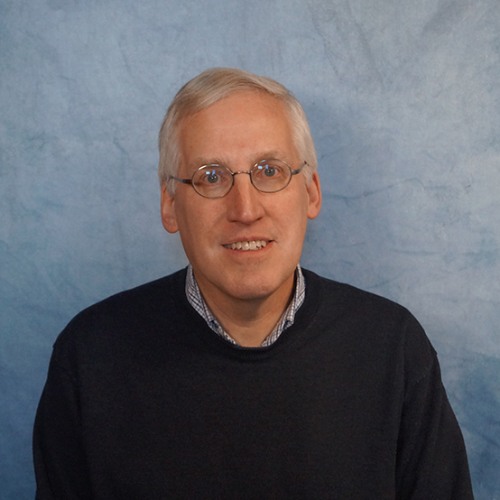
Gregory Tucker
Barus & Holley 520Professor Tucker is an experimental astrophysicist. His cosmology group studies the universe by measuring the cosmic microwave background (CMB) and by intensity mapping of neutral hydrogen. He is also interested in measuring the characteristics of exoplanets.
-
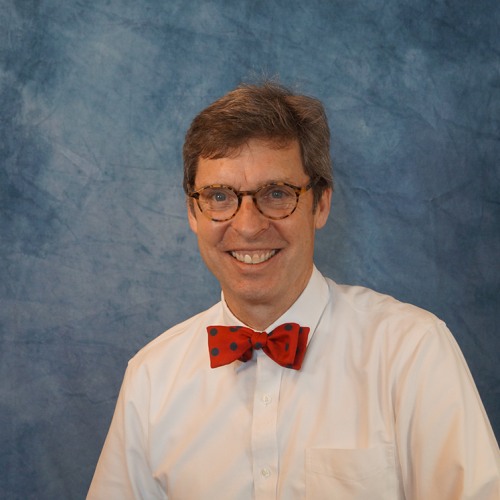
James Valles, Jr.
Barus & Holley 722Professor Valles is an experimental condensed matter physicist. He studies superconductivity and electron correlation effects in disordered metals and nanostructures. He also investigates effects of strong magnetic fields in cell biology and bio-polymerization.
-
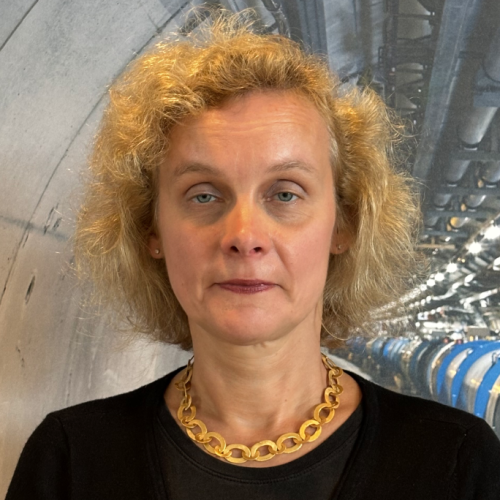
Anastasia Volovich
Barus & Holley 547Professor Volovich works on theoretical physics: quantum field theory, general relativity, string theory and related areas in mathematics.
-
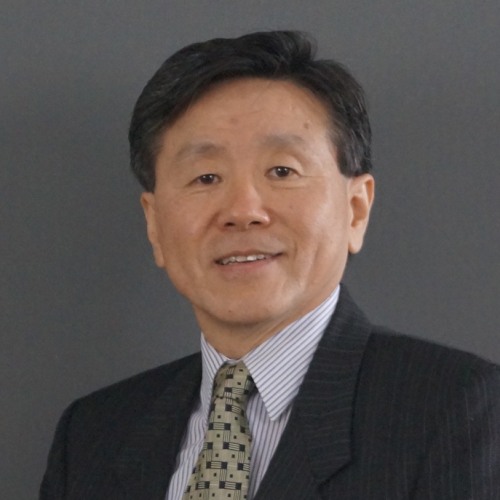
Gang Xiao
Barus & Holley 720Professor Xiao is an experimental condensed matter physicist, focusing on nanoscale physics and devices. He studies spin-based electronic systems, electron transport in low dimensional systems, and magnetism in artificial and self-assembled systems.
Research Faculty
Assistant Professors (Research)
-
Gaetano Barone
Assistant Professor (Research) -
Matt LeBlanc
Assistant Professor (Research) -
Adrien Rosuel
Assistant Professor of Physics (Research)
Senior Research Associates
-
Gabriele Benelli
Senior Research Associate -
Pushkaraj Joshi
Senior Research Associate -
Andrei Korotkov
Senior Research Associate
Research Associates
-
Itamar Allali
Research Associate -
Jingyu Luo
Research Associate -
Spandan Mondal
Research Associate
Visiting and Adjunct
Joint and Affiliated Faculty
-
Lucas Caretta
Assistant Professor of Engineering and Physics -
Arto Nurmikko
Professor of Engineering and Physics -
Domenico Pacifici
Associate Professor of Engineering and Physics -
Thomas Powers
Professor of Engineering and Physics -
Brenda Rubenstein
Professor of Chemistry and Physics -
Richard Stratt
Newport Rogers Professor of Chemistry, Professor of Physics -
Jingming Xu
Professor of Engineering and Physics -
Alexander Zaslavsky
Professor of Engineering and Physics -
Rashid Zia
Dean of the College, Professor of Engineering and Physics
Adjunct Faculty
-
Oludurotimi Adetunji
Adjunct Assistant Professor -
Miquel Dorca
Adjunct Lecturer
Visiting Faculty
-
Alan Dorsey
Visiting Scientist -
Jia (Leo) Li
Visiting Associate Professor of Physics -
Jan Tobochnik
Visiting Scientist
Emeritus
In Memoriam
-
-
Charles Elbaum
Research ProfessorProfessor Elbaum received the Master's and Ph.D. degrees from the University of Toronto. He was a Research Fellow at the University of Toronto and at Harvard University before joining the faculty at Brown University in 1959. He then also conducted research at the University of Paris. Professor Elbaum was a frequent advisor to government and industrial research laboratories and was a Fellow of the American Physical Society. Professor Elbaum served as Chairperson of the Physics Department from 1980 to 1986. In 1991 he was appointed the Hazard Professor of Physics.
-
Peder Estrup
Professor EmeritusProfessor Emeritus of Chemistry and Physics and Dean Emeritus of the Graduate School and Research Peder Jan Estrup, age 94, of Santa Barbara, California passed away on Thursday, September 18, 2025.
Professor Estrup promoted and encouraged interaction and collaboration between departments and among different departments. He taught in both the physics and chemistry departments and had graduate students from both departments.
-
Herbert Fried
Professor EmeritusProfessor Herbert Fried joined the department in 1964, specializing in functional methods developed by Schwinger and others. According to his obituary, he authored four books and approximately one hundred and forty scientific papers. He knew personally many twentieth-century physics luminaries including Robert Oppenheimer, Freeman Dyson, and, especially, Julian Schwinger. He lectured and performed research in university departments and institutes throughout the world, principally in Paris, Marseille, and Nice, and was Director of the Workshops on Non-Perturbative Quantum Chromodynamics at the American University of Paris and La Citadelle of Villefranche-sur-mer. He continued active research throughout his life, completing his fourth book in 2014 at age 84 and publishing scientific papers well into his 90s. He retired from the department in
-
Gerald Guralnik
ProfessorProfessor Gerald S. Guralnik, a revered member of the Brown faculty for 47 years whose theoretical work helped complete the Standard Model of particle physics, died Saturday, April 26, 2014. He was 77.
Guralnik, the Chancellor’s Professor of Physics at Brown, was a leading theorist in the field of elementary particle theory and made enduring contributions to the understanding of mass in the universe.
-
Kyungsik Kang
ProfessorProfessor Kang graduated from Seoul National University in 1959, where he received the SNU President's Award (Gold Medal). He then received the Ph.D. degree from Indiana University in 1964. A professor of physics for 41 years, Prof. Kang retired from teaching in 2005.
Professor Kang's influence extended beyond national borders. He was a fellow of The American Physical Society, The Korea Academy of Science and Technology, the Korean Association for the Advancement of Sciences, and the Korean Physical Society. His international recognition was further solidified by his service as president of the Seoul National University Alumni Association in New England and the National Association of Korean Schools. He served on the board of directors for the R.I. Korean American Association, the Korea-U.S. Science Cooperation Center and was a council member of the Advisory Council for Democratic and Peaceful Re-Unification of Korea. Prof. Kang was awarded The Cameliia Medal (Legion of Honor) from the Government of Korea, an Official Citation from the State of RI, and the Honorary Citizenship Award (as an Exceptional Overseas Korean) from The Metropolitan Government of Seoul, Korea.
-
Humphrey Maris
Professor Humphrey John Maris, 86, passed away on July 28, 2025. Born and raised in England, he earned a Ph.D in physics at Imperial College, London in 1963 and moved to the United States shortly after.
Professor Maris joined the Brown Department of Physics faculty in 1965, where he remained until his retirement in 2014. For his research he received many awards, including Brown's inaugural Impact Award for being the most successful inventor in Brown University history.
-
Meenakshi Narain
ProfessorProfessor Meenakshi Narain earned her Ph.D. in Physics from the State University of New York, Stony Brook. She had an Sc.B. degree from Gorakhpur University in India and an Sc.M. in Physics from Indian Institute of Technology, Kanpur, India. In 2012, she was elected a Fellow of the LHC Physics Center at Fermilab, where she served as Coordinator promoting collaboration with colleagues from South America, Europe, India, and Iran. In 2000 she earned an Outstanding Junior Investigator Award from the U.S. Department of Energy (DOE) and a National Science Foundation Faculty Early Career Development Award
Professor Narain joined the Brown University Department of Physics faculty in 2007 and was the first woman to chair the department beginning on July 1, 2022.
